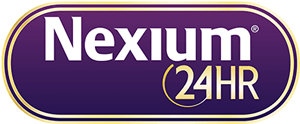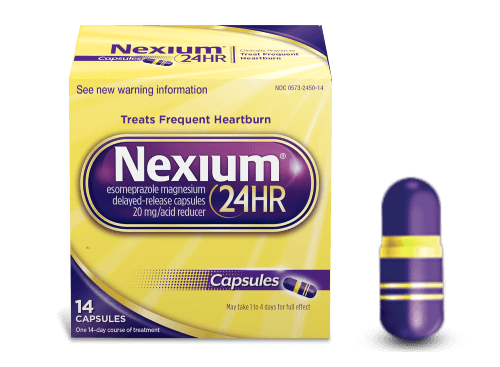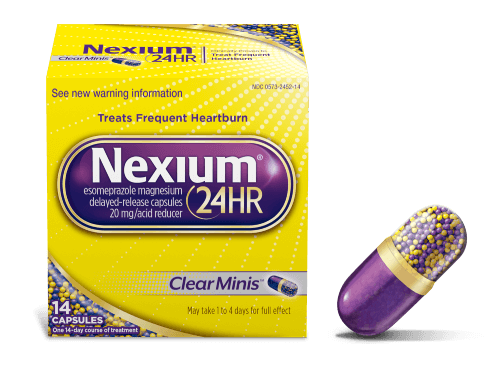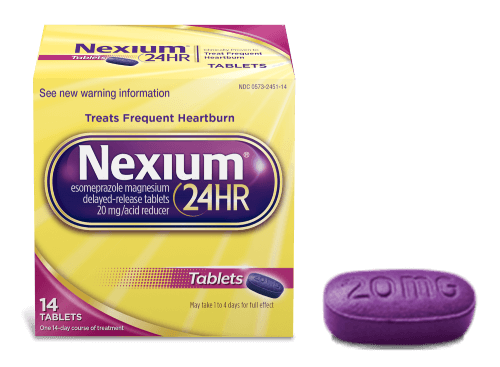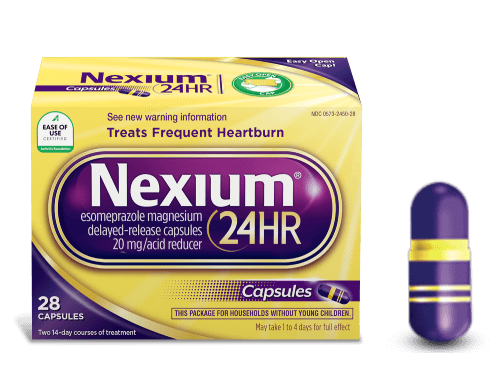If you suffer from acid reflux, you’re probably looking for ways to manage your symptoms. Certain lifestyle changes, like avoiding trigger foods and quitting smoking, are known to help with acid reflux.1 But how about exercise? Exercising regularly is usually considered a positive lifestyle change, but does exercise help reduce acid reflux?
The answer is a classic “It depends.” The relationship between acid reflux and exercise is complicated: some types of exercise help reduce acid reflux, while others might exacerbate your symptoms.1
How Much Exercise Do We Need?
U.S. government guidelines recommend adults get 150 minutes of moderate aerobic exercise a week or 75 minutes of vigorous activity a week. 2 People who suffer from acid reflux symptoms should prioritize moderate exercise because vigorous exercise might trigger their symptoms.3
Which Exercises Help Acid Reflux?
- Moderate and low impact Lower impact exercises are less likely to trigger symptoms of acid reflux. These forms of exercise include doing yoga, riding a stationary bike, swimming, light jogging, and walking.1
- Strength training Strength and endurance are important components of your physical wellbeing. Try to incorporate a resistance training session into your exercise routine around twice a week. If you suffer from acid reflux, remember to avoid doing anything overly strenuous. 3
Exercises to Avoid If You Have Acid Reflux
- Overly strenuous Some people with acid reflux report that overly strenuous exercise makes their acid reflux worse. Exercises that put pressure on your stomach, such as crunches, abdominal presses, competitive cycling, or heavy weightlifting can all exacerbate symptoms of acid reflux.1, 4
- High-impact Exercises that require you to jump around can also make acid reflux worse.1, 4 These exercises include running, sprinting, high-impact aerobics, and gymnastics.
- Leave you gasping Exercises that leave you out of breath can sometimes trigger acid reflux. Strenuous exercises that cause you to take large gulps of air can put pressure on your lower esophageal sphincter, the valve that separates your stomach from your esophagus, and cause it to open. When this valve opens, acid flows up into your esophagus and throat and causes acid reflux.1, 4
How to Exercise Safely When You Have Acid Reflux
Proper planning goes a long way in preventing acid reflux symptoms while you exercise. The following tips might make exercising easier and reduce your likelihood of experiencing acid reflux during your workout session:
- Wait at least two hours after eating before exercising
- Eat something healthy as your pre-exercise meal but avoid common triggers such as tomatoes, onions and citrus fruits 5
- Avoid your trigger foods throughout the day
- Drink water throughout your session to stay hydrated and aid in digestion1
Try keeping track of any acid reflux symptoms you experience while working out. Monitoring how your workout routine, your pre-workout meals, and any medications you took that day affect your acid reflux symptoms will help you to notice patterns over time and make adjustments.
What Causes Acid Reflux?
After you chew and swallow, your food travels from your throat to your stomach via a tube called the esophagus. There is a ring of muscle fibers at the lower end of your esophagus that closes to keep the contents of your stomach separate from your esophagus and throat. Sometimes this ring of muscle does not close properly, allowing stomach acid and other stomach contents to flow back up into your esophagus and throat and cause acid reflux. 6 Acid reflux can lead to the feeling of heartburn, or a burning sensation in your chest.
Acid Reflux and Weight Loss
Being overweight or obese can increase your risk of developing acid reflux symptoms. Excess weight can put additional pressure on your abdominals, which pushes on your stomach and causes stomach acid to flow back up into your esophagus. 7
Studies have shown that losing weight can decrease symptoms of acid reflux, and patients in one study reported that their acid reflux symptoms disappeared after they lost weight. Subjects in one study lost 10% or more of their body weight through lifestyle changes like diet and exercise. 8
If you are looking to lose weight, you might need to increase the amount of physical activity you do each week.
Additional Ways to Prevent Acid Reflux
In addition to adding in some light exercise, the following tips and lifestyle changes can reduce your chances of experiencing acid reflux:
- Avoid going to bed with a full stomach: waiting three hours after you eat before lying down will decrease your chances of experiencing acid reflux overnight.
- Eat slowly: chewing your food thoroughly and putting your fork down between bites aids in digestion and prevents acid reflux.
- Avoid your trigger foods.
- Wear loose fitting clothes: wearing tight clothes puts additional pressure on your stomach and can cause acid reflux.
- Avoid overeating: overeating can weaken your esophageal valve and cause acid reflux.
- Don’t smoke or quit smoking: nicotine can weaken your lower esophageal sphincter over time and allow acid to flow into your esophagus.
- Raise your bed: keeping your head above your feet while you sleep will aid in digestion and help prevent acid reflux at night. 5
- How Exercising Can Relieve Your Acid Reflux. Digestive Health Services. https://dighealth.org/blog/how-exercising-can-relieve-your-acid-reflux/. Accessed 9/9/21.
- Executive Summary: Physical Activity Guidelines for Americans, 2nd. Edition. U.S. Department of Health and Human Services. https://health.gov/sites/default/files/2019-10/PAG_ExecutiveSummary.pdf
- Exercise: How much do I need every day? Mayo Clinic. https://www.mayoclinic.org/healthy-lifestyle/fitness/expert-answers/exercise/faq-20057916. Accessed 9/9/21.
- How to Avoid GERD Symptoms While Working Out. Gastrointestinal Society. https://badgut.org/information-centre/health-nutrition/how-to-avoid-gerd-symptoms-while-working-out/. Accessed 9/9/21.
- Heartburn: Causes, Symptoms & Treatment. Cleveland Clinic. https://my.clevelandclinic.org/health/diseases/9617-heartburn-overview. Accessed 9/9/21.
- Gastroesophageal reflux disease. MedlinePlus Medical Encyclopedia. https://medlineplus.gov/ency/article/000265.htm. Accessed 9/9/21.
- Heartburn - Diagnosis and treatment. Mayo Clinic. https://www.mayoclinic.org/diseases-conditions/heartburn/diagnosis-treatment/drc-20373229. Accessed 9/9/21.
- Weight Loss Can Lead to Resolution of Gastroesophageal Reflux Disease Symptoms: A Prospective Intervention Trial. The Obesity Society Journal. https://www.ncbi.nlm.nih.gov/pmc/articles/PMC3853378/. Accessed 9/9/21.
